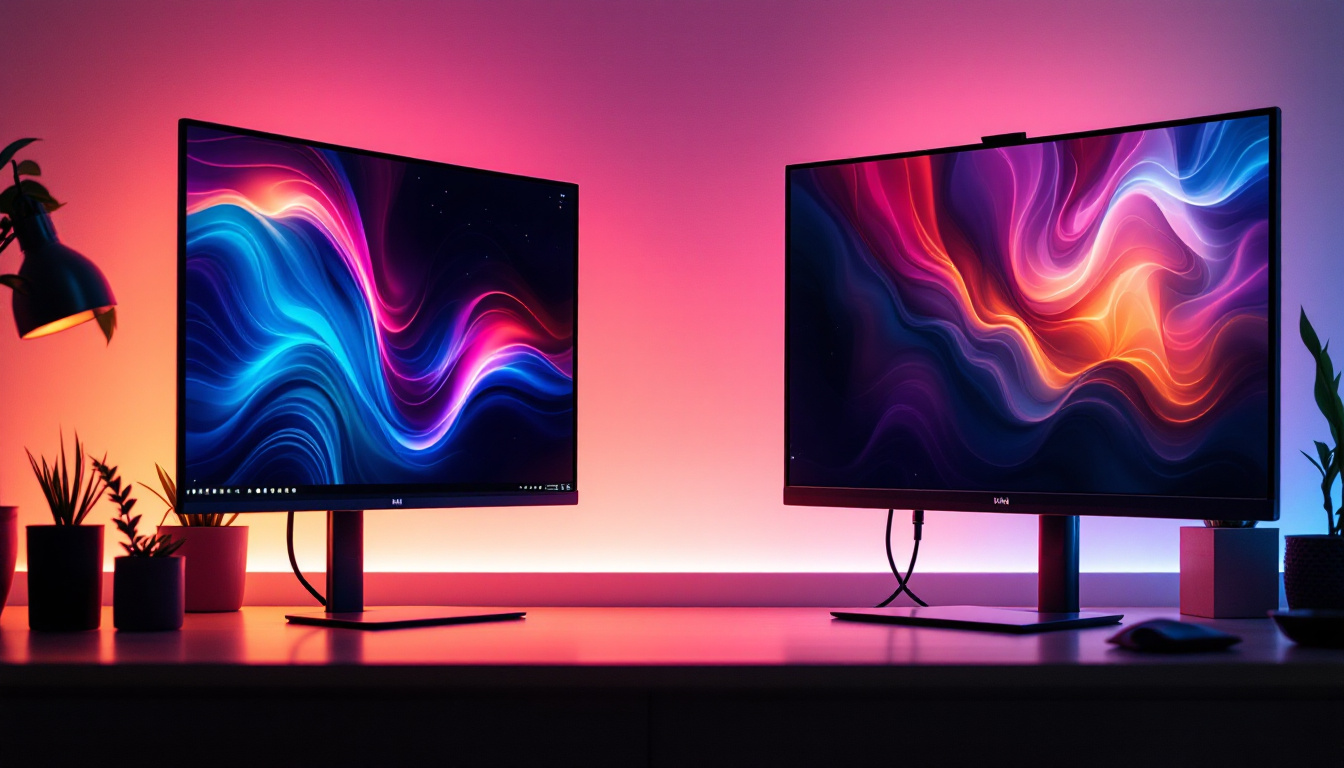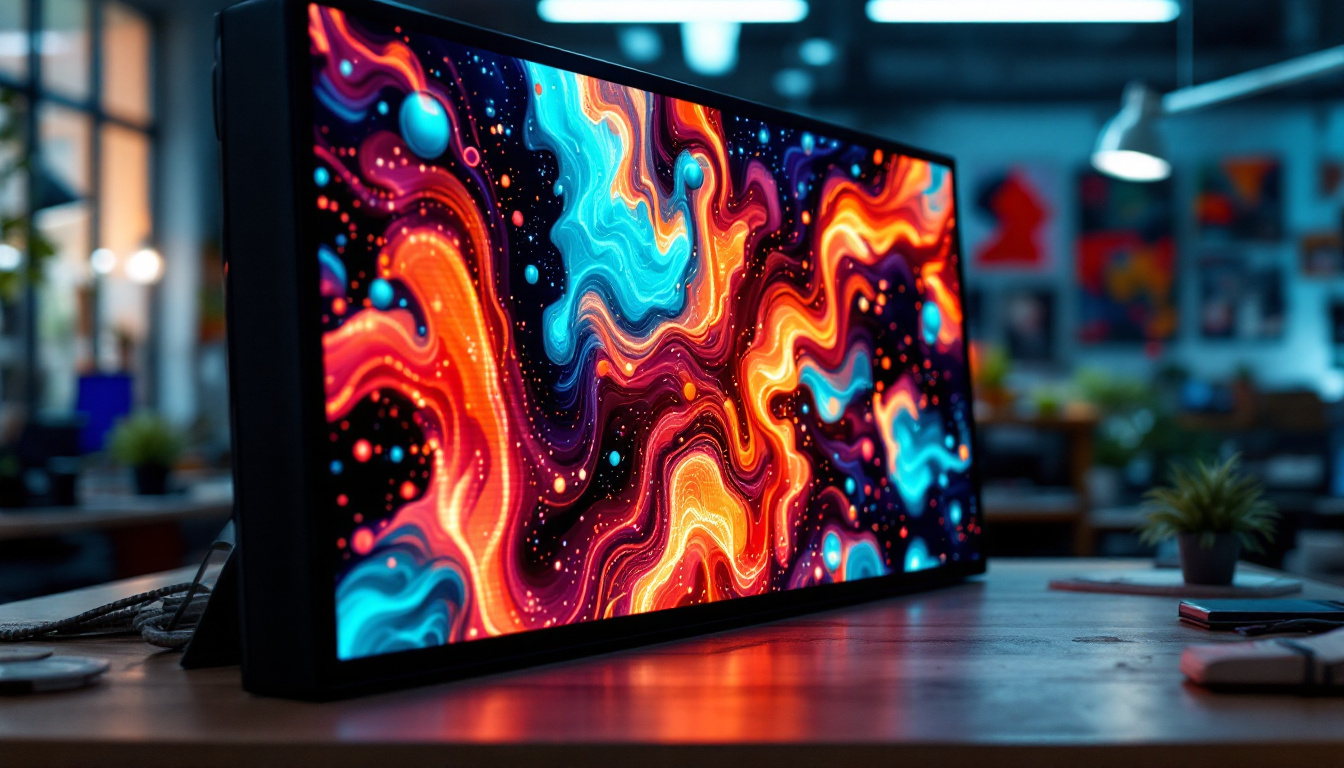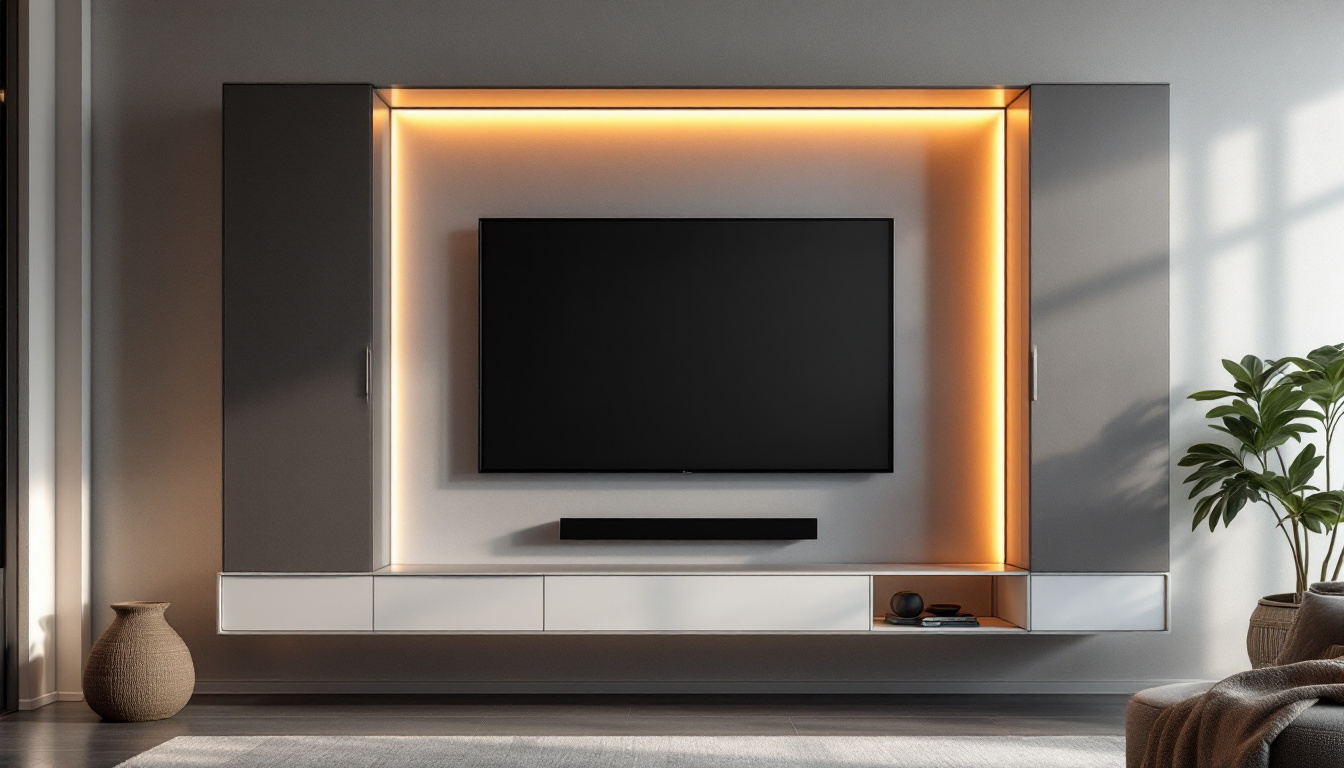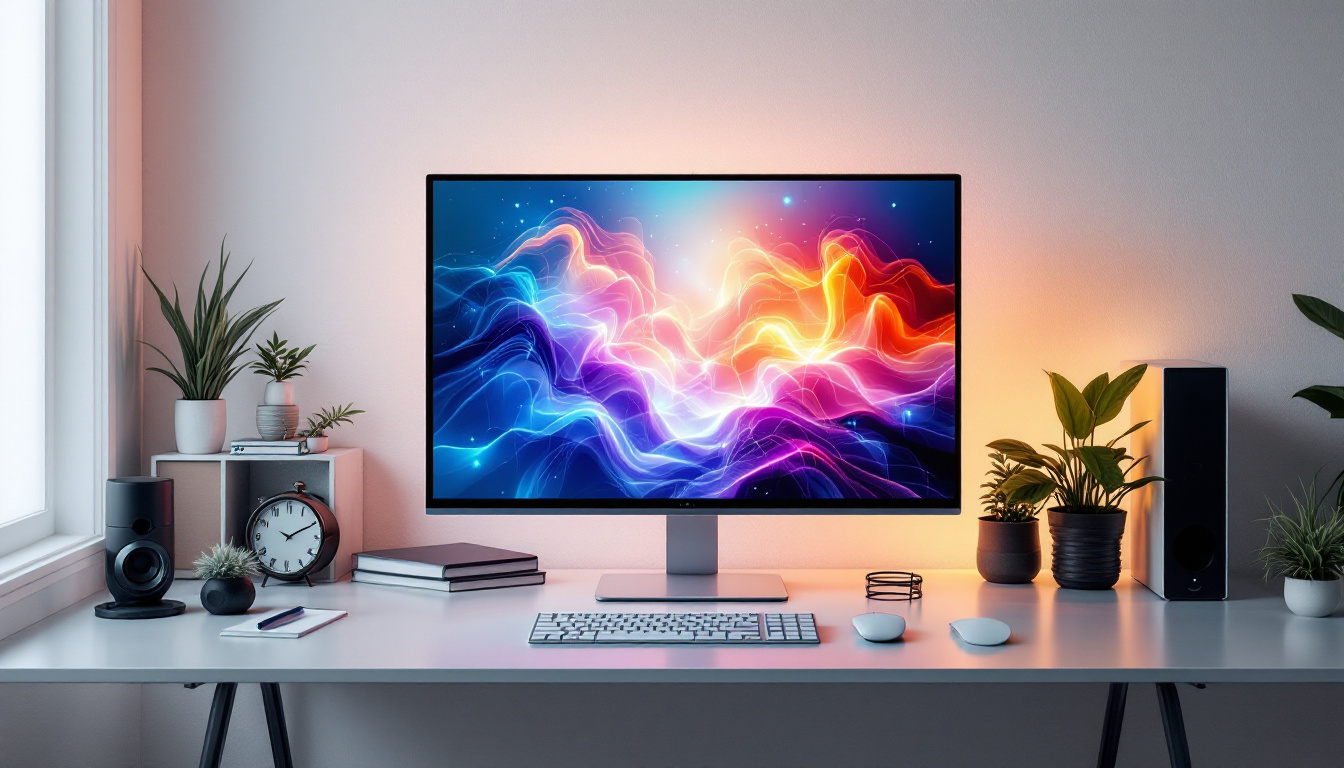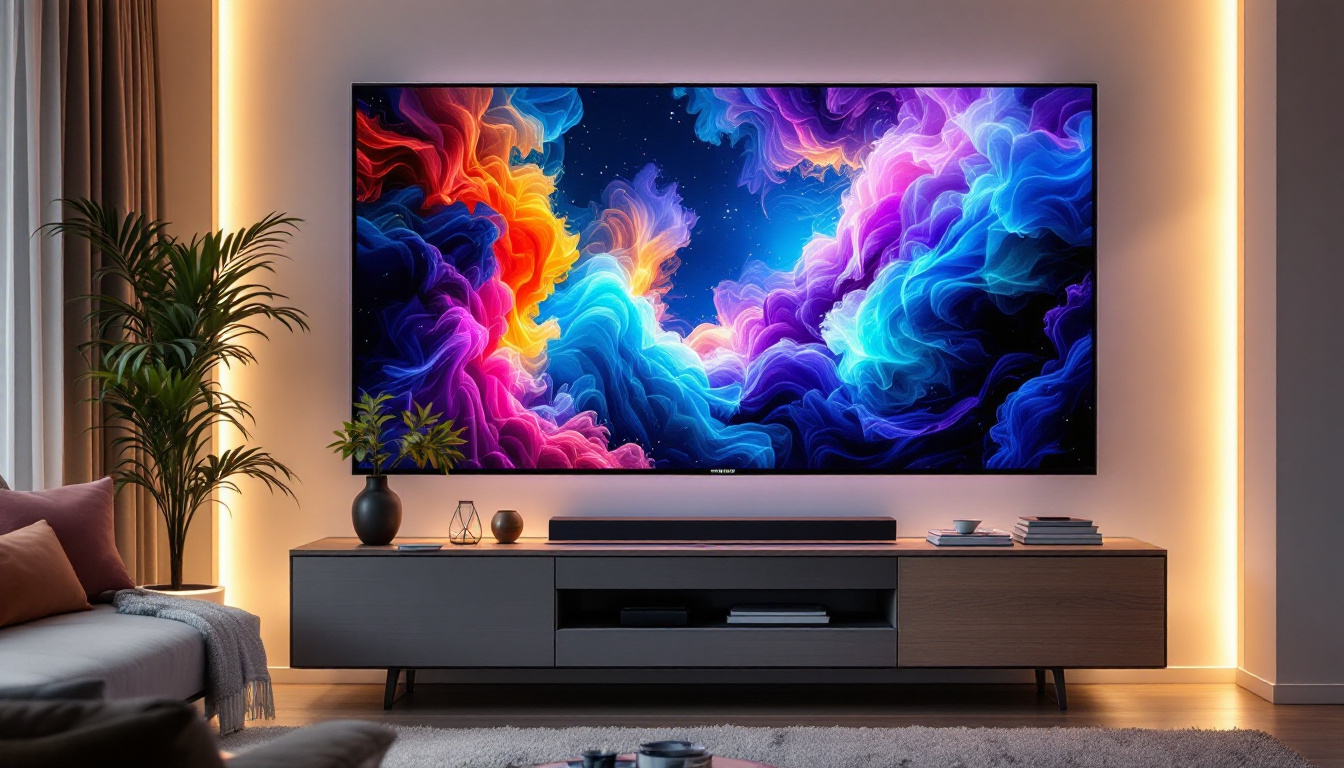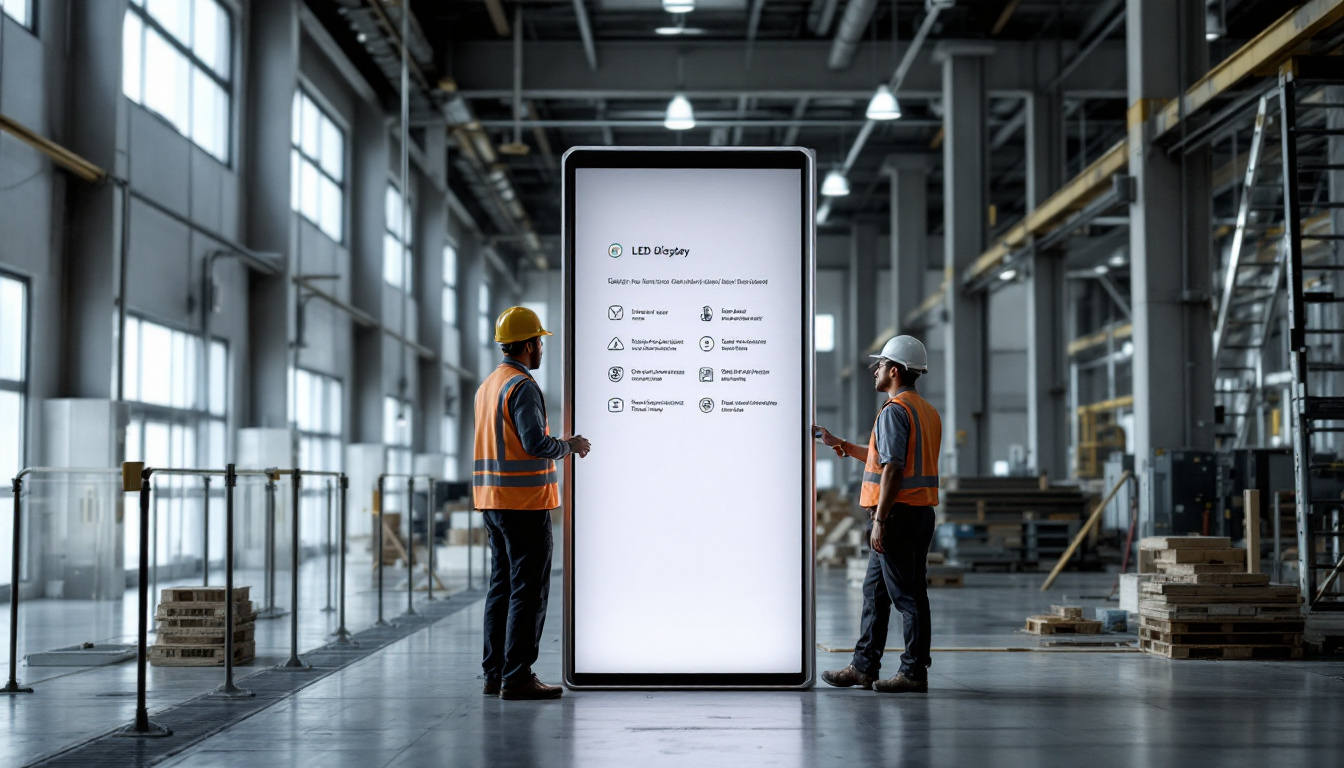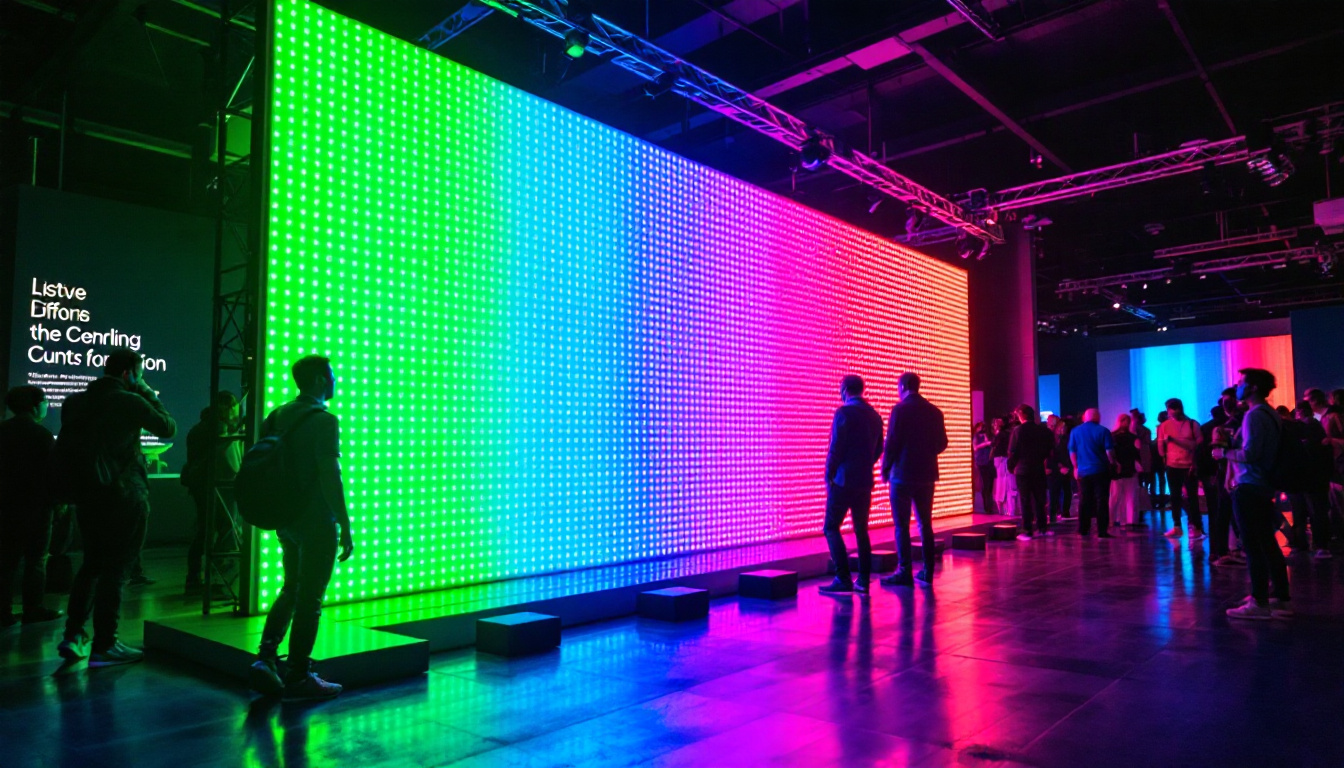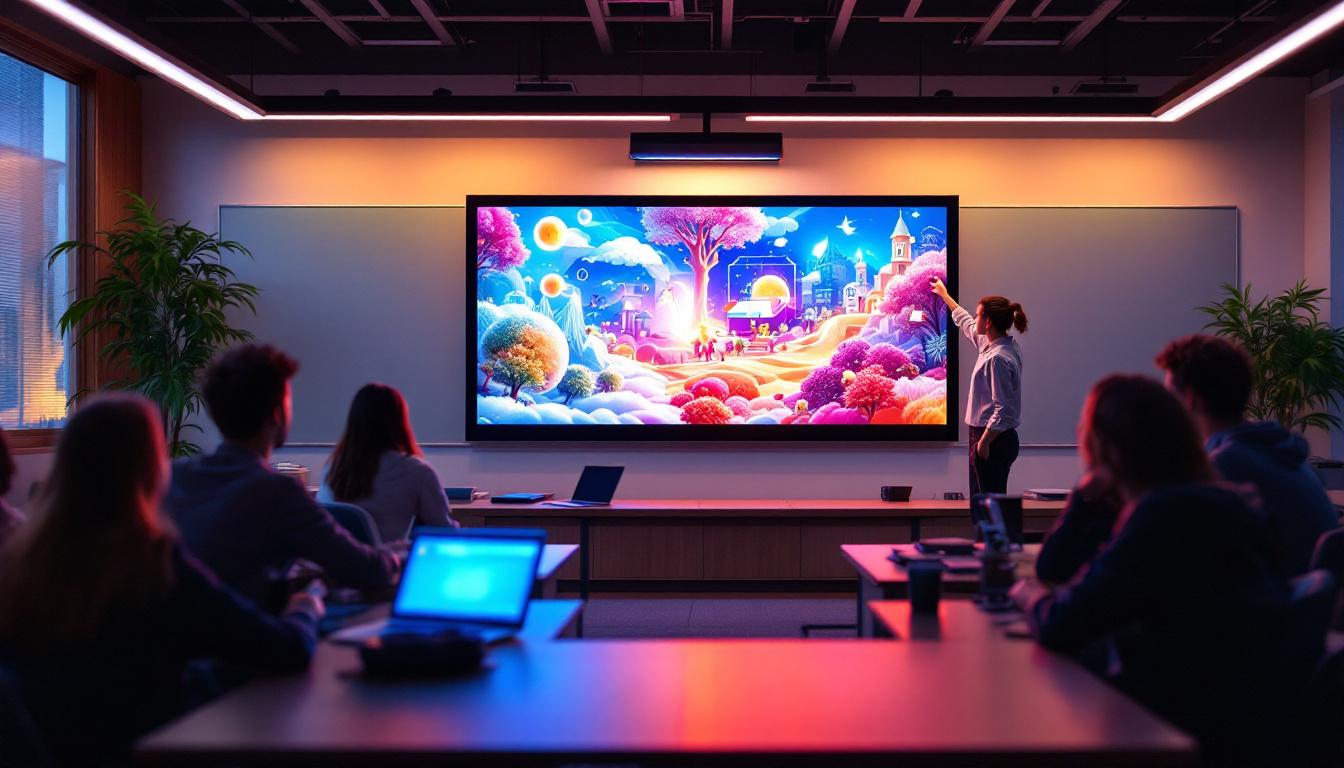DisplayPort 2.1 Vs HDMI 2.1: LED Display Explained
In the rapidly evolving world of display technology, understanding the differences between various connection standards is crucial for both consumers and professionals alike. Two of the most prominent standards in recent years are DisplayPort 2.1 and HDMI 2.1. Each has its unique features, advantages, and intended use cases, particularly when it comes to LED displays. This article will delve into the specifics of both standards, comparing their capabilities and helping you make an informed decision for your display needs.
Understanding DisplayPort 2.1
DisplayPort 2.1 is the latest iteration of the DisplayPort standard, designed to support high-resolution displays and advanced features that cater to both gaming and professional environments. With a focus on higher bandwidth and improved performance, DisplayPort 2.1 aims to enhance the overall visual experience.
Key Features of DisplayPort 2.1
One of the standout features of DisplayPort 2.1 is its impressive bandwidth capacity. With a maximum throughput of 80 Gbps, it significantly outpaces its predecessor, DisplayPort 1.4, which capped at 32.4 Gbps. This increased bandwidth allows for higher resolutions and refresh rates, making it ideal for 8K displays at 60Hz or even 4K displays at 240Hz. The ability to support such high resolutions means that users can enjoy incredibly detailed visuals, whether they are gaming, watching movies, or working on professional graphics.
Another notable feature is the support for multiple display streams through Multi-Stream Transport (MST). This allows users to connect multiple monitors to a single DisplayPort output, making it a preferred choice for professionals who require extensive screen real estate for tasks such as video editing or graphic design. With MST, users can daisy-chain multiple displays, simplifying cable management and reducing clutter on their desks. This functionality is particularly useful in multi-monitor setups, where seamless transitions between screens can significantly enhance productivity.
Compatibility and Versatility
DisplayPort 2.1 is designed to be backward compatible with previous versions, ensuring that users can still utilize older devices without sacrificing performance. This compatibility extends to adapters that allow connections to HDMI and other formats, making it a versatile option for various setups. Users can easily integrate DisplayPort 2.1 into their existing systems, whether they are upgrading their graphics cards or investing in new monitors, without the need for complete overhauls of their current configurations.
Moreover, DisplayPort 2.1 supports Adaptive Sync technology, which is particularly beneficial for gamers. This feature helps eliminate screen tearing and stuttering, providing a smoother gaming experience. The ability to synchronize the refresh rate of the display with the frame rate of the graphics card is a game-changer for competitive gaming. It not only enhances the visual fidelity of fast-paced games but also reduces input lag, allowing gamers to react more quickly to in-game events. In addition, the integration of HDR (High Dynamic Range) support in DisplayPort 2.1 further enriches the gaming experience by delivering a broader range of colors and contrast, making visuals more lifelike and immersive.
Exploring HDMI 2.1
HDMI 2.1 is another significant advancement in display technology, designed to meet the demands of modern home entertainment systems. With a focus on high-definition video and audio, HDMI 2.1 delivers an immersive experience for both gamers and movie enthusiasts. As television and gaming technology continues to evolve, HDMI 2.1 stands out as a crucial component that ensures compatibility with the latest devices, providing users with the best possible viewing and listening experiences.
High Bandwidth and Enhanced Features
Similar to DisplayPort 2.1, HDMI 2.1 boasts a substantial increase in bandwidth, reaching up to 48 Gbps. This allows for support of 8K video at 60Hz and 4K video at 120Hz, making it an excellent choice for high-resolution displays. Additionally, HDMI 2.1 introduces features like Dynamic HDR, which optimizes the picture quality on a scene-by-scene basis, enhancing the viewing experience. This means that whether you are watching a dark, moody film or a bright, colorful animated feature, the picture will adjust dynamically to provide the best possible clarity and color accuracy.
Another key feature is the introduction of Variable Refresh Rate (VRR) technology, which helps reduce lag and stuttering during gameplay. This capability is particularly important for gamers who require a responsive and fluid experience, especially in fast-paced titles. By synchronizing the refresh rate of the display with the frame rate of the content being played, VRR minimizes screen tearing, allowing for a seamless gaming experience that can make all the difference in competitive scenarios.
Audio Return Channel and eARC
HDMI 2.1 also enhances audio capabilities with the introduction of Enhanced Audio Return Channel (eARC). This feature allows for higher-quality audio formats, such as Dolby Atmos and DTS:X, to be transmitted back to the audio system from the TV. This means that users can enjoy a more immersive sound experience without the need for additional cables. The ability to transmit uncompressed audio formats ensures that viewers can experience sound as it was intended, with rich detail and clarity that draws them deeper into the action on screen.
The integration of eARC also simplifies the connection process for home theater setups, allowing for a single cable to handle both high-quality video and audio signals. This convenience is a significant advantage for those looking to streamline their entertainment systems. Furthermore, eARC supports advanced audio features such as object-based audio, which allows sound to be placed and moved anywhere in a three-dimensional space, creating a more lifelike audio experience. As home entertainment technology continues to advance, the role of HDMI 2.1 will only grow, making it a vital component for anyone looking to upgrade their audio-visual setup.
Comparative Analysis: DisplayPort 2.1 vs. HDMI 2.1
When comparing DisplayPort 2.1 and HDMI 2.1, several factors come into play. Each standard has its strengths and weaknesses, making them suitable for different applications. Understanding these differences can help users choose the right connection for their specific needs.
Bandwidth and Resolution Support
As mentioned, DisplayPort 2.1 offers a maximum bandwidth of 80 Gbps, while HDMI 2.1 reaches up to 48 Gbps. This difference allows DisplayPort 2.1 to support higher resolutions and refresh rates, particularly beneficial for high-end gaming and professional applications. For instance, DisplayPort 2.1 can easily handle 8K at 60Hz with HDR, whereas HDMI 2.1 also supports 8K but may struggle with higher refresh rates at that resolution.
However, HDMI 2.1’s support for Dynamic HDR and eARC gives it an edge in home entertainment scenarios, where audio quality and HDR performance are paramount. For users focused on gaming, both standards provide essential features, but DisplayPort’s higher bandwidth may appeal more to those seeking maximum performance. Furthermore, the inclusion of features like Variable Refresh Rate (VRR) and Auto Low Latency Mode (ALLM) in both standards enhances the gaming experience, reducing screen tearing and input lag, which are critical for competitive gaming.
Use Cases and Applications
The choice between DisplayPort 2.1 and HDMI 2.1 often comes down to the intended use case. DisplayPort is commonly favored in professional environments, such as graphic design, video editing, and gaming, where high refresh rates and multiple monitor setups are essential. Its MST feature allows for a more efficient workspace, making it a go-to for productivity. Additionally, DisplayPort’s ability to daisy-chain multiple monitors can significantly enhance workflow for professionals who require extensive screen real estate for multitasking.
On the other hand, HDMI 2.1 is primarily designed for consumer electronics, particularly televisions and home theater systems. Its support for advanced audio formats and features like eARC makes it ideal for users who prioritize home entertainment. For gamers using consoles, HDMI 2.1 is often the standard due to its compatibility with the latest gaming consoles. Moreover, the widespread adoption of HDMI in various devices, from streaming boxes to soundbars, ensures that users have a seamless experience when connecting multiple devices. This versatility makes HDMI 2.1 a more user-friendly option for the average consumer, who may not be as concerned with technical specifications but rather with ease of use and compatibility across devices.
Future-Proofing Your Setup
As technology continues to advance, future-proofing your display setup is essential. Both DisplayPort 2.1 and HDMI 2.1 are designed to accommodate the demands of upcoming technologies, but there are some considerations to keep in mind.
Choosing the Right Cables and Devices
When investing in a new display or graphics card, it is crucial to ensure that the devices support the desired connection standard. For instance, while HDMI 2.1 is becoming increasingly common in TVs and gaming consoles, DisplayPort 2.1 is still gaining traction in the market. Users should look for cables and devices explicitly labeled as supporting these standards to take full advantage of their capabilities.
Additionally, as more content becomes available in higher resolutions and frame rates, having the right connection will ensure that users can enjoy the latest advancements without needing to upgrade their equipment frequently.
Staying Informed on Technological Advancements
The landscape of display technology is ever-changing, with new innovations and standards emerging regularly. Staying informed about the latest developments in HDMI and DisplayPort technologies will help users make better decisions regarding their setups. Following industry news, participating in forums, and consulting with experts can provide valuable insights into the best practices for optimizing display performance.
Conclusion
In summary, both DisplayPort 2.1 and HDMI 2.1 offer remarkable advancements in display technology, catering to different needs and preferences. DisplayPort 2.1 excels in high bandwidth capacity and multi-monitor support, making it a top choice for professionals and gamers seeking the highest performance. Conversely, HDMI 2.1 shines in home entertainment applications, providing enhanced audio capabilities and features that enrich the viewing experience.
Ultimately, the decision between DisplayPort 2.1 and HDMI 2.1 should be guided by the specific requirements of the user’s setup. By understanding the strengths and weaknesses of each standard, users can make informed choices that will enhance their display experience for years to come.
Discover the Future of Visual Experience with LumenMatrix
Whether you’re a professional seeking unparalleled display performance or a home entertainment enthusiast craving immersive audiovisuals, LumenMatrix has the cutting-edge LED display solutions to elevate your experience. Our innovative range, from Indoor and Outdoor LED Wall Displays to Custom and All-in-One LED Displays, is designed to bring your visual communication to life with clarity and impact. Don’t settle for less—check out LumenMatrix LED Display Solutions today and see the difference that state-of-the-art technology can make.

